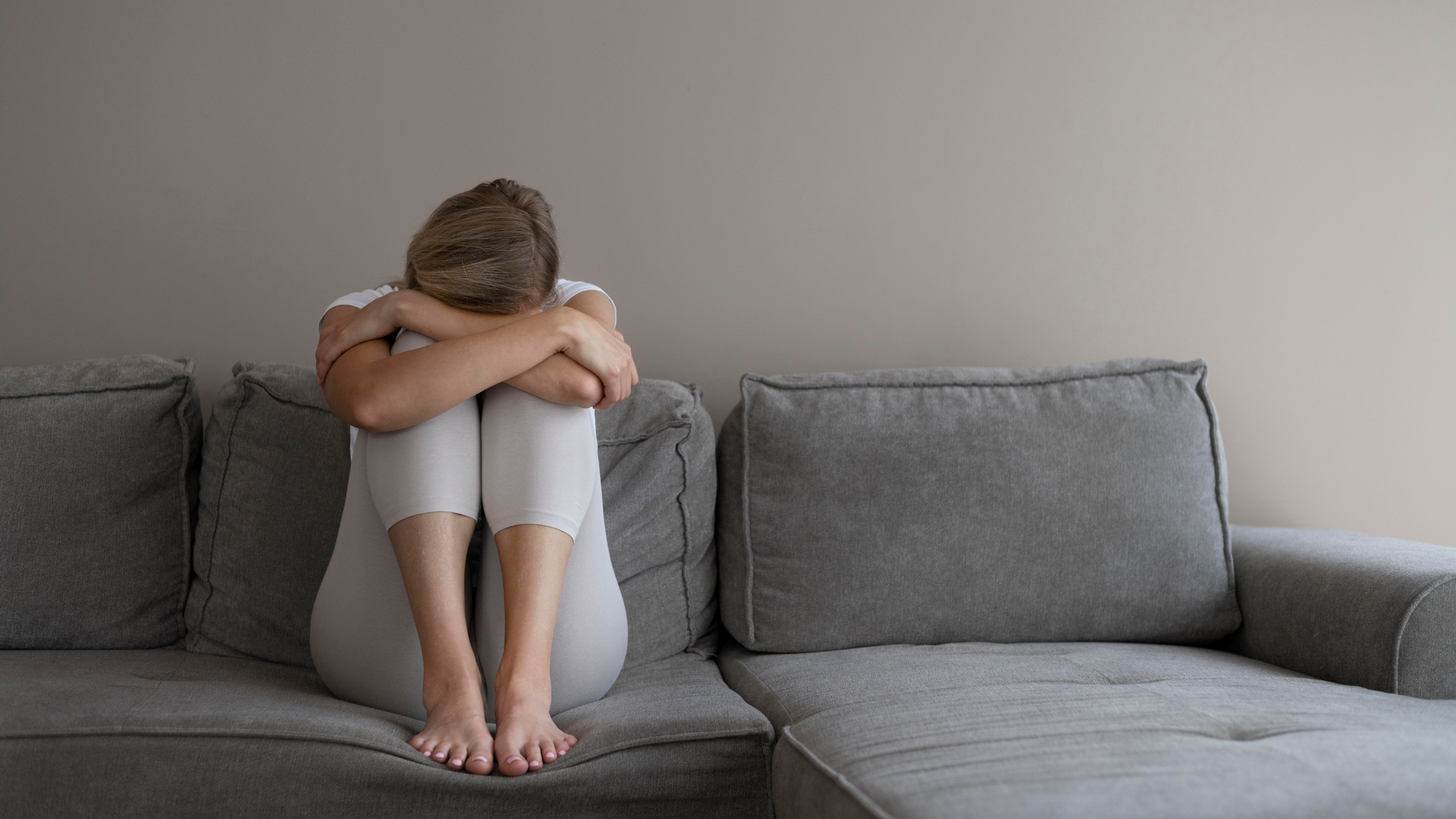PTSD in Women: Symptoms, Health Impacts, and How to Heal

June is PTSD Awareness Month—a time to shed light on a condition that too often lives in the shadows, especially in the lives of women. While Post-Traumatic Stress Disorder (PTSD) is commonly associated with veterans and first responders, millions of women silently carry the weight of trauma in their bodies and minds every day.
Understanding PTSD in Women
PTSD can develop after a person experiences or witnesses a life-threatening or deeply distressing event—such as abuse, assault, natural disasters, birth trauma, or other personal violations. According to the National Center for PTSD, women are twice as likely as men to develop PTSD, and their symptoms often last longer.
What makes PTSD in women unique is not just how it’s experienced, but how it’s often misunderstood or misdiagnosed. Women may present symptoms like anxiety, depression, chronic fatigue, or even physical illness without ever linking them back to trauma. Many suffer silently, internalizing the belief that they need to “just get over it.”
The Hidden Toll of PTSD on Health
PTSD doesn’t just impact mental health—it takes a toll on physical wellness, too. Trauma affects the nervous system, immune function, and hormonal balance. Women with PTSD are at a higher risk for:
- Autoimmune disorders
- Chronic pain conditions (like fibromyalgia)
- Digestive issues (such as IBS)
- Sleep disorders
- Heart disease
And yet, because the root cause isn’t always recognized, many women spend years treating symptoms without addressing the underlying trauma.

Breaking the Stigma, Embracing the Journey
One of the biggest barriers to healing from PTSD is the stigma that still surrounds mental health—especially in spaces where women are expected to stay strong, care for others, and remain silent about their own struggles. But post-traumatic stress disorder is not a weakness. It’s a valid mental health condition and a natural response to trauma. Acknowledging trauma isn’t the same as reliving it—it’s the first step toward healing, freedom, and emotional resilience.
If you or someone you love is experiencing symptoms of PTSD, here are a few gentle starting points for healing:
- Speak to a trauma-informed therapist – Not all therapy is the same. A provider trained in PTSD can offer tools like EMDR, somatic experiencing, or cognitive-behavioral therapy.
- Create safe rituals – Journaling, prayer, movement, and breathwork can help calm the nervous system and create a sense of safety in the body.
- Find community – Healing doesn’t happen in isolation. Support groups, both in-person and online, can be a powerful space for connection and encouragement.
- Give yourself grace – Trauma healing is not linear. Progress may look like messy steps forward and backward. But every step is still movement toward wholeness.
Hope Is on the Horizon
At For Every Woman, we believe in shining a light on what’s been hidden. PTSD is not the end of the story. With the right support, healing is possible—and you are never alone on that journey.
This month, let’s honor the stories that haven’t been told. Let’s stand beside the women reclaiming their lives after trauma. And let’s remember: healing is not only possible, it’s powerful.
If you or someone you know is struggling with PTSD, consider reaching out to:
- National Alliance on Mental Illness (NAMI)
- The PTSD Foundation of America
- SAMHSA’s National Helpline – 1-800-662-HELP (4357)
Also read: Whole Health, Whole Safety: What National Safety Month Means for Women

